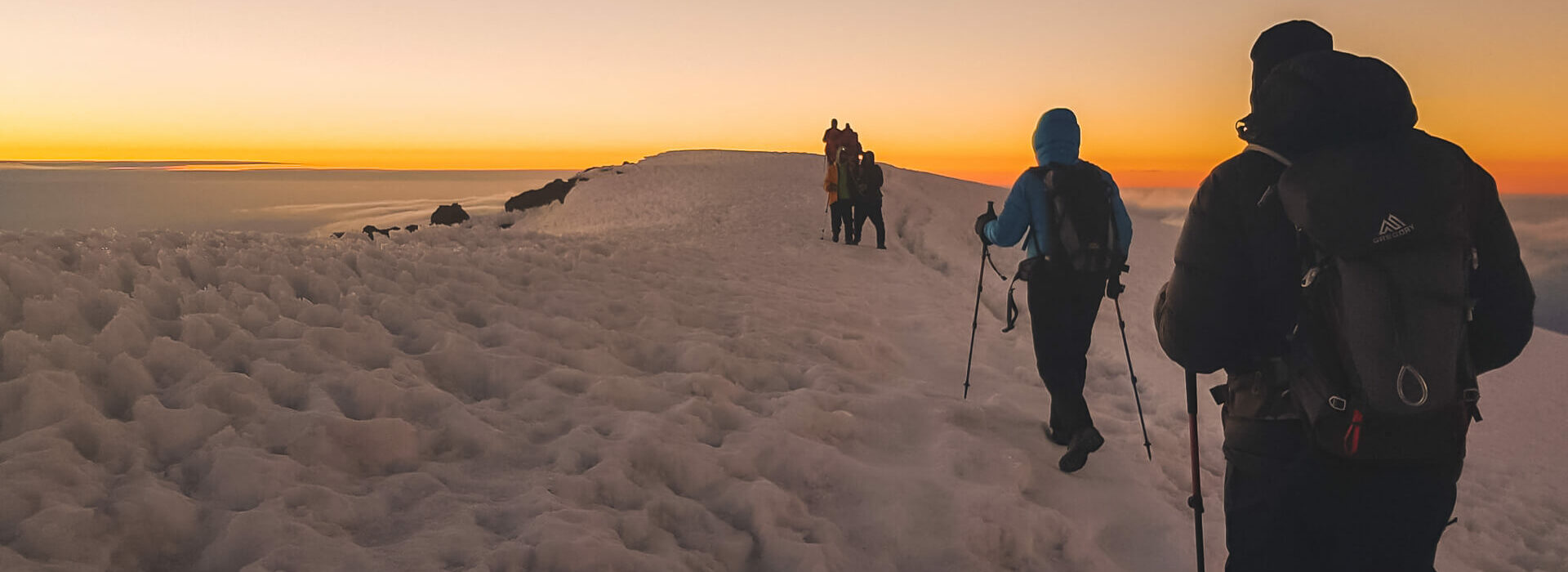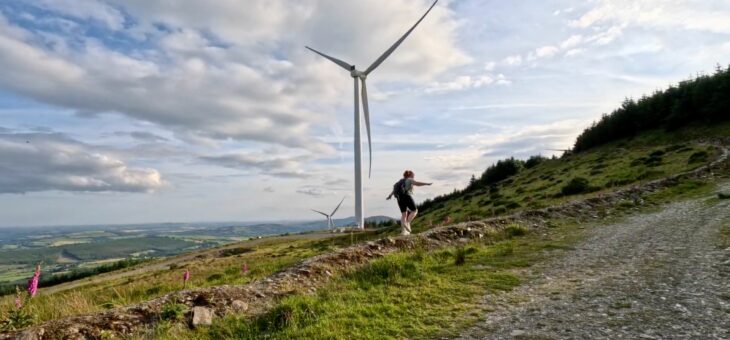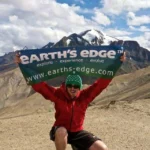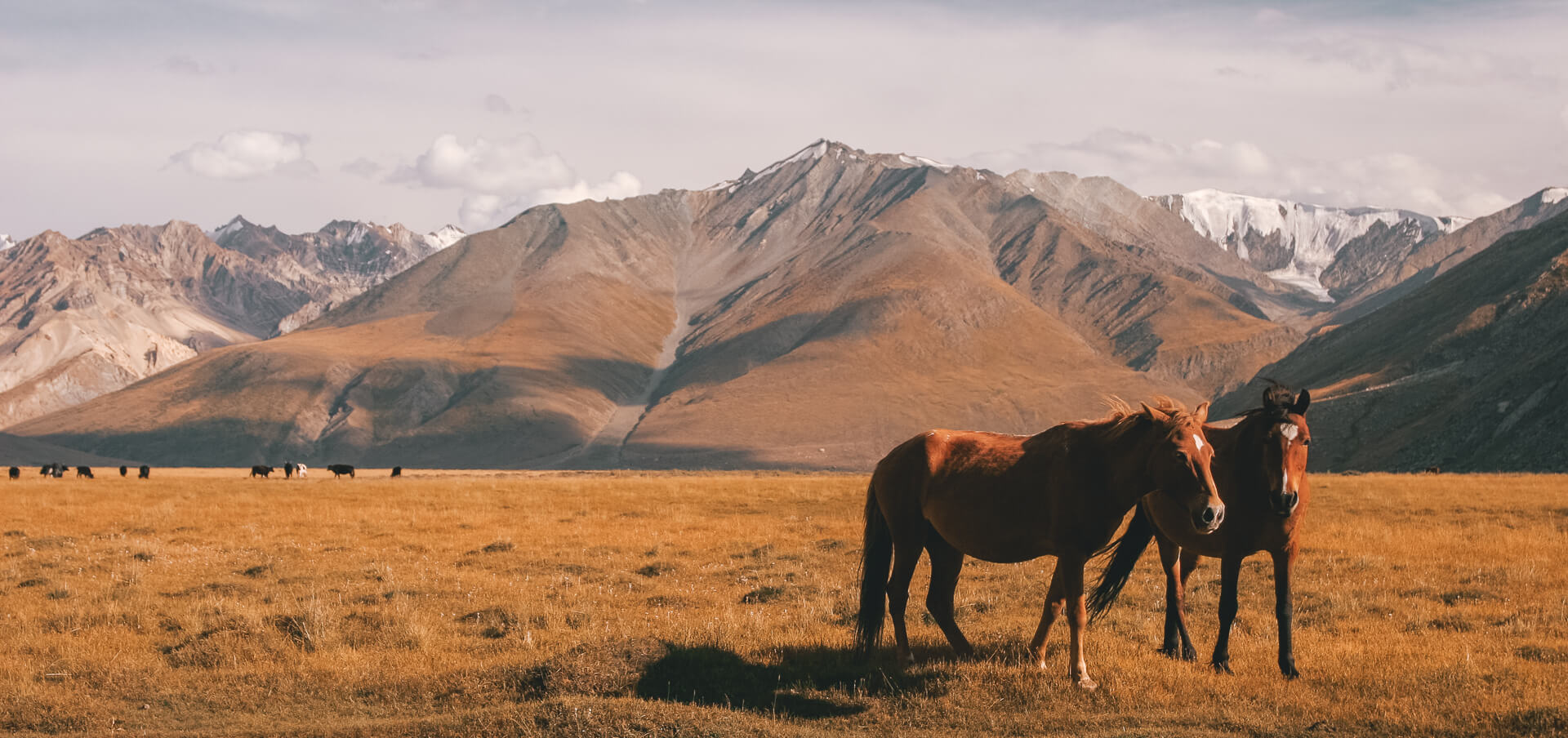You’ve heard the stories of the hell of summit night on Kilimanjaro. The lack of sleep, the hiking in the dark, and the 1000 metre elevation gain all sound like reasons not to do it. So why don’t we take a full night’s sleep and get up at our usual time? We would be well rested and recovered from the hike to Kosovo Camp. Climbing Kilimanjaro at night might seem like a bizarre thing to do, but in this article, we explain our reasons!
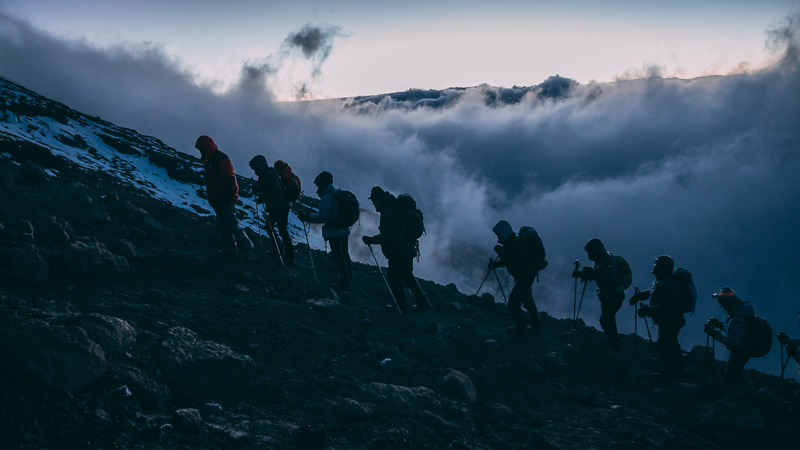
Why climb Kilimanjaro at night?
The first reason is the altitude. The higher you are, the more difficult it is to sleep. Our highest camp is Kosovo camp, which is at 4800 metres. Studies have shown that sleep begins to be affected at 2,500 metres and above.
We want to spend the least amount of time at high altitudes as possible. On day 5 of our Kilimanjaro hike, we trek from Karanga Camp to Kosovo camp in 4-5 hours. This gives us time to relax, fuel up, drink water and nap before kicking on to the summit.
When we come down from the summit back to Karanga Camp, we only stop for a few hours. Once we have an hour or two of rest, we continue on down to Millennium Camp.
Millenium Camp is at 3,832 metres and your sleep that night is maybe the best sleep you’ll ever have. The combination of the exhaustion from the summit attempt, as well as the lower altitude, means that you’ll sleep like a baby.
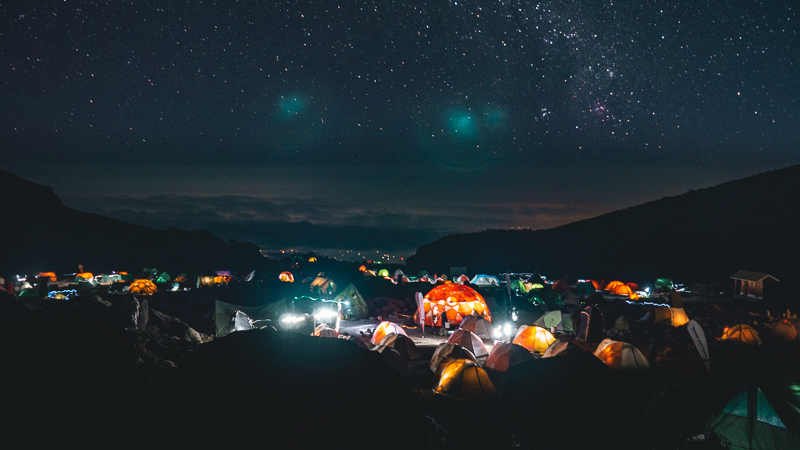
Time management
Another reason we leave camp at midnight on day 6 of our trek is to give ourselves enough time. Depending on the conditions and the pace of the group, the trek up and down can take up to 14 hours.
On a normal trekking day, we leave camp at 8 am and get to our next camp by mid-afternoon. If we were to leave Karanga Camp at 8 am, we could potentially be finished trekking at 10 pm. On Kilimanjaro, sunset is between 6 and 7 pm, and most trekkers are in bed long before 10!
By leaving at midnight, we allow ourselves the time to go slowly. If you try to go quickly up Kilimanjaro, you will feel the effects of altitude sickness, and may not reach the summit.
Kilimanjaro at night is a completely different beast. Usually, you can stop and look around and see where you’re trekking to. When it’s dark, you’re just relying on the people around you, the porters and the guides. You need these people around you to help you keep going. Everyone relies on each other, getting encouragement from everyone else just putting one foot in front of the other!
Usually, the climb from Kosovo Camp to Uhuru Peak takes 7-8 hours and the walk back down takes 2-3 hours. This gives you time then to nap in your tent and regain the energy to make the trip down to Millenium Camp.

Water at Kosovo Camp
Something that trekkers often don’t think about before taking on Kilimanjaro is where your water comes from. We rely heavily on the porters while climbing Kilimanjaro, and they are usually the first thing that trekkers mention when you ask them about their experience on the mountain.
They trek for hours to bring water up to the camp, so to minimise how many trips they have to make, we don’t hang about at the highest camp.
When we get down to Millenium Camp, the porters have not only taken down our tents from Kosovo Camp, but they have them set up and waiting for us when we get there.
Our porters really are an incredible group of people and if we were to extend our stay at high camp, we would be adding an extra layer of difficulty on an already insanely difficult job.
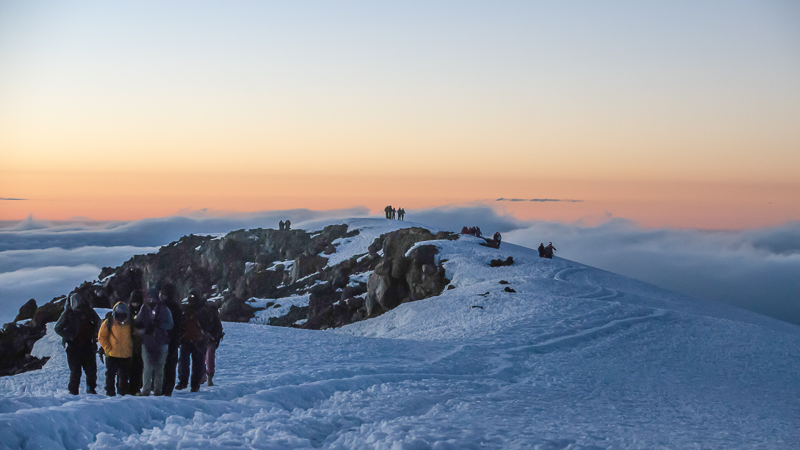
Sunrise at Stella Point
On summit night, there is a palpable excitement in the group about to attempt a summit of Kilimanjaro. The excitement is mingled with a sense of nervousness, and for some, a sense of dread.
Hiking in the dark is a very different experience to the previous 5 days of hiking on Kilimanjaro. You no longer have the stunning views to entertain you. There’s no chatting with your friends in the group. All you have is a spot of white light from your headtorch pointing down at the ground.
The only thing that keeps many people going are the songs of the guides and porters as they trudge through the night. You keep putting one foot in front of the other and wonder to yourself why you’re doing this.
Eventually, you realise that you can see a little of your surroundings. The daylight is creeping in and it gives you a little boost that you can see an end to the seemingly endless uphill battle.
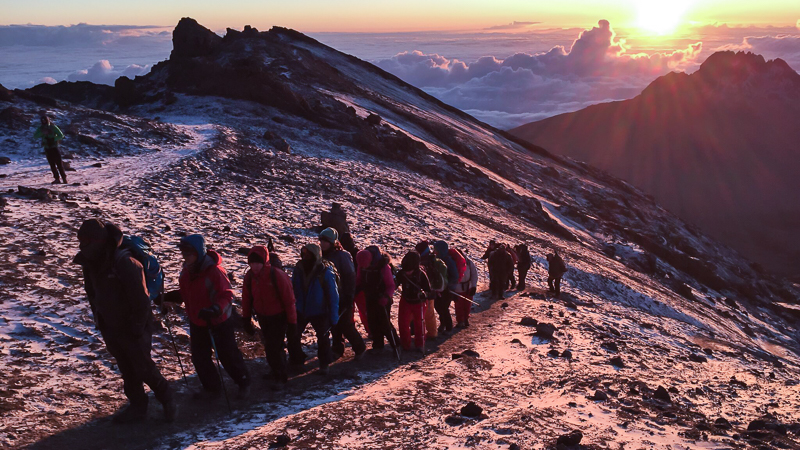
The steep slope that you’ve been zig-zagging across for the past 6 hours reaches a plateau. You find yourself standing at Stella Point, with just another 45 minutes to go to reach the Uhuru Peak. It’s a much softer slope and the pace isn’t as infuriatingly slow.
Then it happens. A golden light opens up in the distance. You can see a faint glow of a sunrise. Even if it’s not the most stunning, glorious sunrise in the world, it really does warm your heart. Standing on the roof of Africa, seeing the sun come up is something that can’t be described, it has to be felt. Suddenly climbing Kilimanjaro at night doesn’t seem like such a terrible idea.
This lift you get from having daylight is amazing. That last stretch of trekking to the summit is fueled by the sun, and there is an air of celebration amongst the group. You’ve made it.
Your Kilimanjaro adventure
If you want to experience Kilimanjaro for yourself have a look at our Kilimanjaro expedition page or contact us and get yourself on your way!
